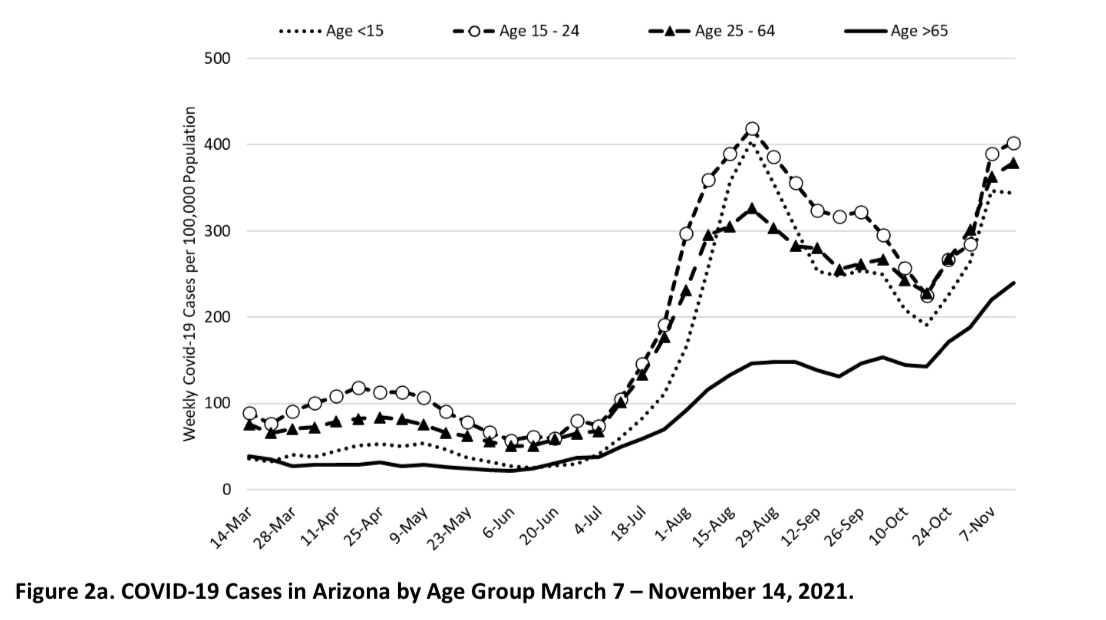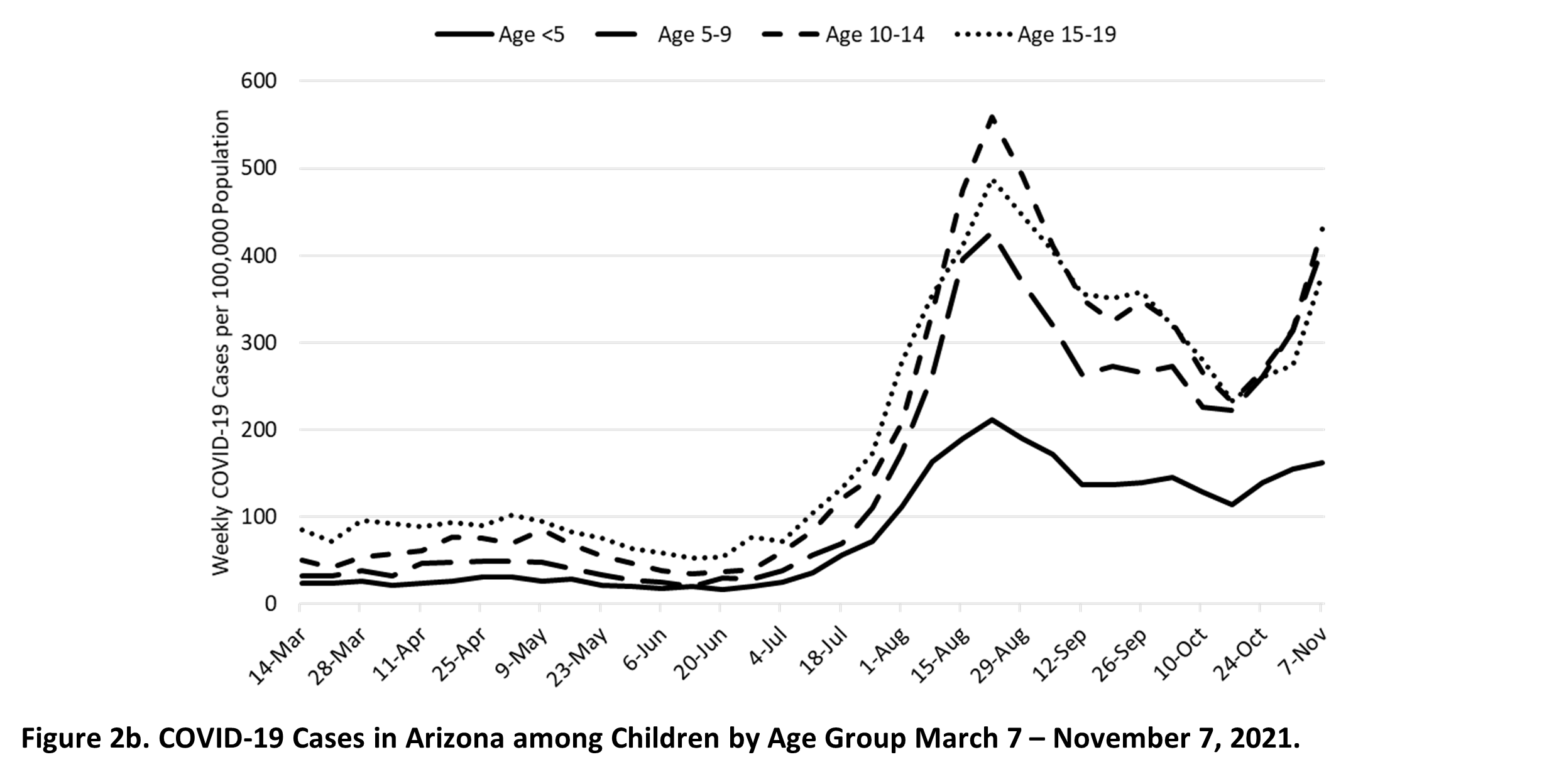As pressure continues to mount in Arizona’s hospital system, I thought it would be good to provide a little summary in plain language about what those words mean.
Hospitals generally operate under conventional standards of care. That just really means that they’re providing patient care without any change in daily practice. Every cold and flu season hospitals face surges in demand (like the week after Christmas and off and on during January and February in Arizona). But hospitals are still operating under conventional care standards.
They juggle space and staffing and may temporarily ask ambulances to go to alternate facilities or accelerate the discharge of healthy patients. Staff may be asked to work in a different part of the hospital than they’re used to (for example a surgeon might be asked to work in the ER) but everyone is still working in their bounds of expertise, under normal staffing ratios, and following standard protocols.
As hospitals transition to contingency standards of care (where AZ is operating right now) hospitals change their practices and do everything they can to maintain the standard level of care.
For example, under contingency care hospitals may repurpose rooms of the hospital for different kinds of clinical care than usual, like converting surgical rooms for emergency services or using recovery rooms as a makeshift intensive care unit. Doctors, nurses, and respiratory therapists make different decisions about what therapies to use because of resource shortages too. Staffing rations may be altered, with nurses on general ward and ICU floors managing more than the standard number of patients.
Practitioners may start conserving supplies by, for example, not providing precautionary oxygen to patients who under normal circumstances would receive it, but who can survive and recover without it.
Patients are transferred between hospitals as they try to level out patient loads when they have periods of time. Some hospital systems like Banner are large enough to do interfacility transfers using their own resources and data. Others will need to contact the ADHS Surge Line, where transfers can be facilitated.
Hospitals restrict non-emergency procedures. This isn’t something hospitals like to do because patients really need these important procedures and because general surgery and elective procedures contribute much to the financial bottom-line. Nevertheless, these procedures will begin to be postponed or canceled.
Hospitals change their admission decisions. For example, persons presenting in the emergency department may be sent home when, under normal circumstances, they would be admitted. Likewise, a patient that would normally be admitted to an Intensive Care Unit (with robust staffing rations) might instead be placed on a general ward bed.
Hospitals change their discharge decisions. People that have been admitted and who would normally stay for a couple more days will be discharged rather than observed. In some cases, persons that are in the ICU may be discharged directly to home rather than admitted to a general ward bed. Others will be discharged to a skilled nursing facility rather than a general ward hospital bed.
When the system becomes totally saturated, as may be the case at some point in December, hospitals will ask the ADHS to allow them to operate under Crisis Standards of Care.
“Crisis Standards of Care” is basically a protocol for making healthcare decisions when the system can’t provide all of the care that everybody needs because the needs outstrip the resources. Ethics panel discussions will be held to make difficult decisions regarding who will get care and who will not.
Under Crisis standards hospitals need to make even more substantial changes to the way they provide care. For example, staff are asked to practice outside of the scope of their usual expertise. Supplies are reused and recycled. In some circumstances, resources may become completely exhausted.
Core strategies that get used under Crisis standards include substitution, adaptation, conservation, reuse, and reallocation in the areas of for oxygen, medication administration, IV fluids, mechanical ventilation, nutrition, and staffing.
The Crisis Standards of Care also provides a protocol to help healthcare providers objectively decide who gets care when resources don’t allow everyone to get treatment. These blog posts flesh it out:
- Arizona Authorizes Crisis Standards of Care Patient Triage Protocol
- How Will Patients Be Prioritized Under the New “Crisis Standards of Care”
- New Crisis Standards of Care Decision-making Guidelines Established
Here’s a link to the ADHS Crisis Standards of Care Planning Document. It’s 141 pages, but the real heady stuff is on pages 29 through 38 where it discusses the scoring system to prioritize which patients will get treatment and which will not and how to ration care to all patients when resources are outstripped by demand.
The ADHS also has an Addendum to the report called Arizona Crisis Standards of Care Addendum April 2021.
The Arizona Crisis Standards of Care Addendum is COVID specific and outlines specific triage protocols that hospitals should use to decide who gets care and who doesn’t. Once we get to Crisis Standards of Care (likely to happen sometime in December) doctors will be using this document to decide who gets for example the last extracorporeal membrane oxygenation (ECMO) machine or who needs to be pulled off an ECMO to make room for a patient more likely to survive.
Pretty grizzly stuff… but it will probably become a reality again this December due to the decisions that Governor Ducey made last summer to refuse to use policy interventions to encourage vaccination and universal indoor masking.





